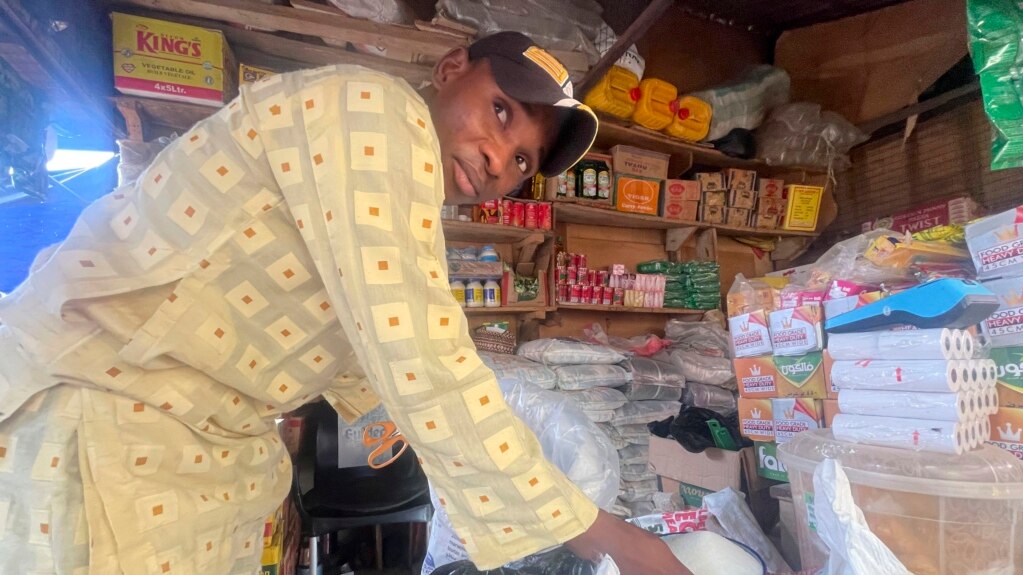The sudden and large increase in sugar prices left Ishaq Abdulraheem with few choices. Raising the cost of bread would mean decreasing sales, so the Nigerian baker decided to cut his production by half.
For other struggling bakers in the West African nation, it was the latest of many problems they have faced. Many bakers just closed their shops.
Sugar is needed to make bread, the daily food for Nigeria’s 210 million people. For many, bread offers a less costly source of calories, or energy. Rising sugar prices — an increase of 55 percent in two months — means fewer bakers and less bread.
“It is a very serious situation,” Abdulraheem said.
Increases worldwide
Sugar is trading at the highest prices since 2011, mainly due to lower supplies around the world.
The increase followed the unusually dry weather that damaged harvests in India and Thailand, the world’s second- and third-largest exporters.
This is just the latest problem for developing nations already dealing with shortages of rice and bans on some food trade. Others include the effects of the weather system El Nino and the war in Ukraine. And, increasingly, sugar is being used for biofuels, so worldwide reserves of sugar are at their lowest since 2009.
Brazil is the biggest sugar exporter, but its harvest will only help supply later in 2024. Until then, sugar-importing countries — like most of those in sub-Saharan Africa — remain at risk.
Abba Usman is a trader in the Nigeria capital of Abuja. He said a 50-kilogram bag of sugar that cost $66 a week ago now costs $81. As prices rise, his customers are decreasing.
“The price keeps increasing every day, and we don’t know why,” Usman said.
El Nino
It is partly due to El Nino, a natural event that shifts the weather around the world and can cause extreme weather conditions like drought or flooding. Scientists believe climate change is making El Nino stronger.
India experienced its driest August in over a century. Crops in the western state of Maharashtra, which accounts for over a third of its sugarcane production, did not grow properly.
The Indian Sugar Mills Association said India’s sugar production is likely to decrease by 8 percent this year. The world’s most populated nation is also the biggest user of sugar and is now restricting sugar exports.
El Nino affected both the amount and quality of the harvest in Thailand, said Naradhip Anantasuk, leader of the Thailand Sugar Planters Association. He expects only 76 million metric tons of sugarcane in the 2024 harvest season, compared with 93 million metric tons this year.
Looking ahead, Kelly Goughary, a senior researcher at Gro Intelligence, said Brazil’s harvest is predicted to be 20 percent bigger than last year. But since the country is in the Southern Hemisphere, the increase in supply will not come until March.
Data from the U.S. Department of Agriculture (USDA) shows that the world now has less than 68 days of sugar in reserves to meet its needs.
Some countries, including Indonesia and Kenya, have cut back their sugar imports. China was forced to release sugar from its reserves for the first time in six years to offset high prices.
Back in Nigeria, Africa’s largest economy, the struggle of bakers is an example of the effects of rising food, fuel costs and the large impact of high sugar prices.
Bread is often the only food poor families have enough money to buy. When bakers raise bread prices, as they did by 15 percent earlier this year, some people go hungry.
Not passing along higher costs is not possible, said Mansur Umar, president of the Nigerian Bakers’ Association.
“There is no way you can buy high and you sell low,” he said.
I’m Gena Bennett.

